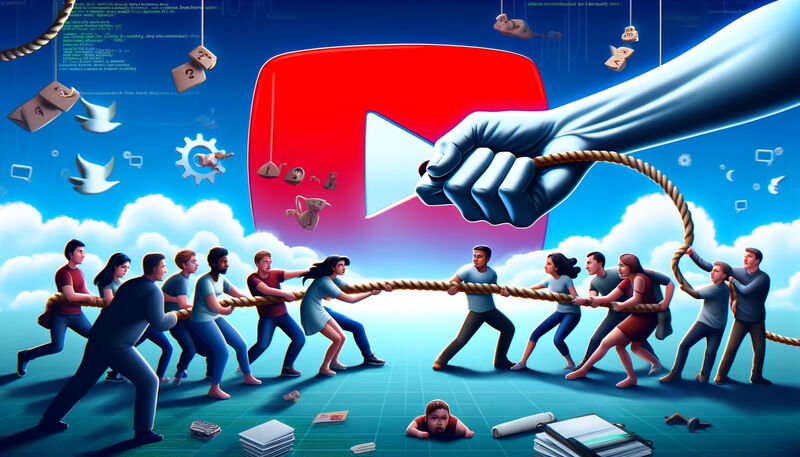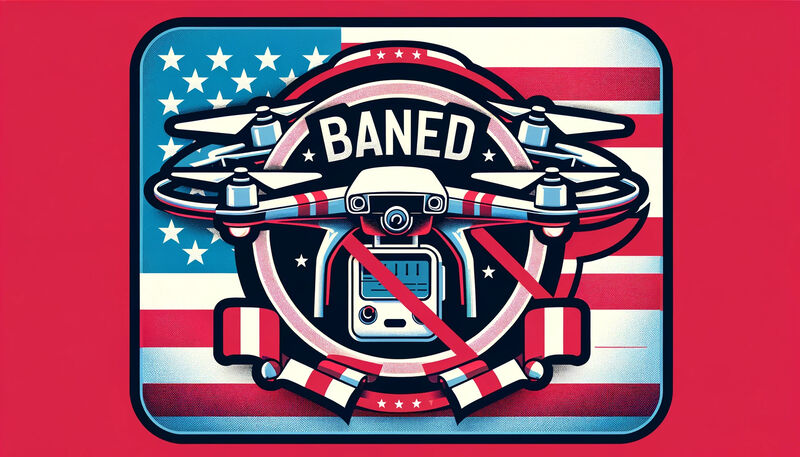YouTube's Battle Against Third-Party Apps: A War on Users?

In what could be described as a corporate tug-of-war, YouTube’s latest measures against third-party apps echo its earlier confrontations with ad blockers, but with higher stakes for its users. The growing dissatisfaction among its user base suggests that YouTube’s strategy might be doing more harm than good.
The Inception of the Conflict
YouTube has recently announced intensified efforts to clamp down on third-party applications that enable ad circumvention. This move is part of a broader battle against any software that might dilute YouTube's ad revenues, including ad blockers. However, there's a fundamental misunderstanding at play here by YouTube. Ad blocking is merely one aspect of these third-party apps, which often offer a plethora of enhancements that improve user experience—features that YouTube either fails to provide or has removed.
Declining User Experience
The core of the issue lies not just in ad intrusion but in the overall degradation of the user experience on YouTube. Ads have become more frequent, more intrusive, and less relevant, significantly detracting from user satisfaction. It’s not uncommon now to endure several long, unskippable ads just to watch a short video. Moreover, the platform’s recommendation algorithm seems to have gone awry, bombarding users with unrelated content and overshadowing subscription-based feeds.
The Appeal of Third-Party Apps
Third-party applications like Revanced not only offer ad-blocking capabilities but also customization features that YouTube lacks. These include the removal of unwanted sections like YouTube Shorts from the home feed, managing end-screen clutter, and enabling video repetitions for specific needs, such as ambient music or focus tracks. Tools like SponsorBlock that allow users to skip sponsored segments also enhance the viewing experience, addressing user frustrations with intrusive commercial content.
The Resistance from Users
Despite YouTube's crackdown, there is a solid user base that continues to seek out and use these third-party alternatives. The allure of a more personalized and streamlined viewing experience outweighs the potential risks of sideloading these apps. As the demand for better user experience persists, developers of third-party apps are likely to continue finding ways to meet user needs, much like a technological game of cat and mouse.
Google's Business vs. User Experience
At the heart of this conflict is Google’s imperative to maximize ad revenues from YouTube. Every design choice and algorithm tweak seems geared towards increasing ad exposure, even at the cost of user satisfaction. While YouTube pushes its Premium service as a solution to ad fatigue, many users feel alienated by the high subscription cost and the persistence of underlying usability issues.
Conclusion: A Call for Balance
Google's aggressive stance against third-party app developers might need reevaluation. Rather than alienating its user base, YouTube could benefit from incorporating some of the user-friendly features found in third-party apps, thereby improving the core service. Instead of waging a war on ad blockers and app developers, YouTube would do well to listen to its users and reconsider its approach to user experience.
As YouTube continues to dominate the video streaming landscape, its challenges with user satisfaction and third-party apps are unlikely to disappear. The company's next moves could be crucial in determining whether it can maintain its vast user base or if it will continue to push viewers towards alternative platforms and solutions.

